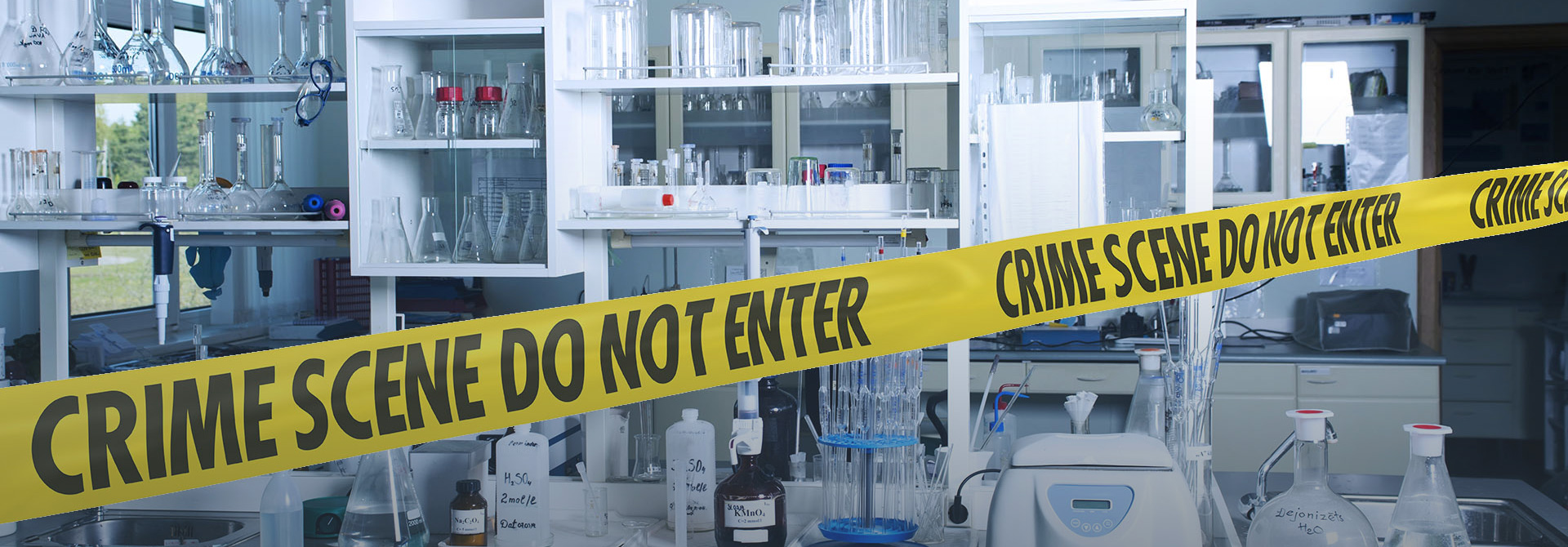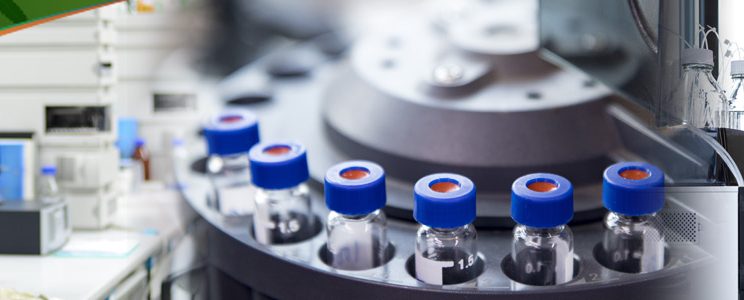National Institute of Justice and Florida International University
Date
April 2019
Overview
Forensic investigators, law enforcement, and military personnel are often placed in potentially dangerous situations when they come across suspected drugs, explosives, and bodily fluids while in the field. These individuals may need to quickly detect and analyze chemical compositions of unknown substances to ensure safety and assess how they should proceed. Although numerous detection techniques are available to meet these needs, many are limited by various shortcomings (e.g. portability, caustic reagents, timely). For example, some techniques require large, expensive pieces of instrumentation that are typically not portable. Paper microfluidics is a transformational technology that permits the development of very inexpensive analytical devices based on designs printed in wax-based ink on chromatography paper. These devices eliminate the need for bulky and sometimes caustic liquid reagents and are not much larger than a postage stamp. Because of their small size, low cost, easy storage, and user friendliness, these paper-based sensors can provide police and forensic evidence collection teams an easily stored and reliable tool for presumptive testing of unknown materials. With NIJ support, Dr. Bruce McCord at Florida International University (FIU) has developed a suite of paper microfluidic devices for forensic residue analysis applications, such as presumptive testing of explosives, serological stains and detection of seized drugs. These devices have been validated by the Miami Dade Bomb Squad and are currently being explored for commercial forensic applications.
“I’m impressed with the potential for replacement wet color tests. The multiplexing capabilities have potential to address the challenges field forensics investigators encounter with non-pure, intermixed drugs as well as unknown powders.”
- Dr. Michael Buerger, Ph.D. | Professor of Criminal Justice, Bowling Green State University & former New Hampshire Police Officer
Funding for this Forensic Technology Center of Excellence success story was provided by the National Institute of Justice, Office of Justice Programs, U.S. Department of Justice.
The opinions, findings, and conclusions or recommendations expressed in this success story are those of the author(s) and do not necessarily reflect those of the U.S. Department of Justice.
Contact us at ForensicCOE@rti.org with any questions and subscribe to our newsletter for notifications.




